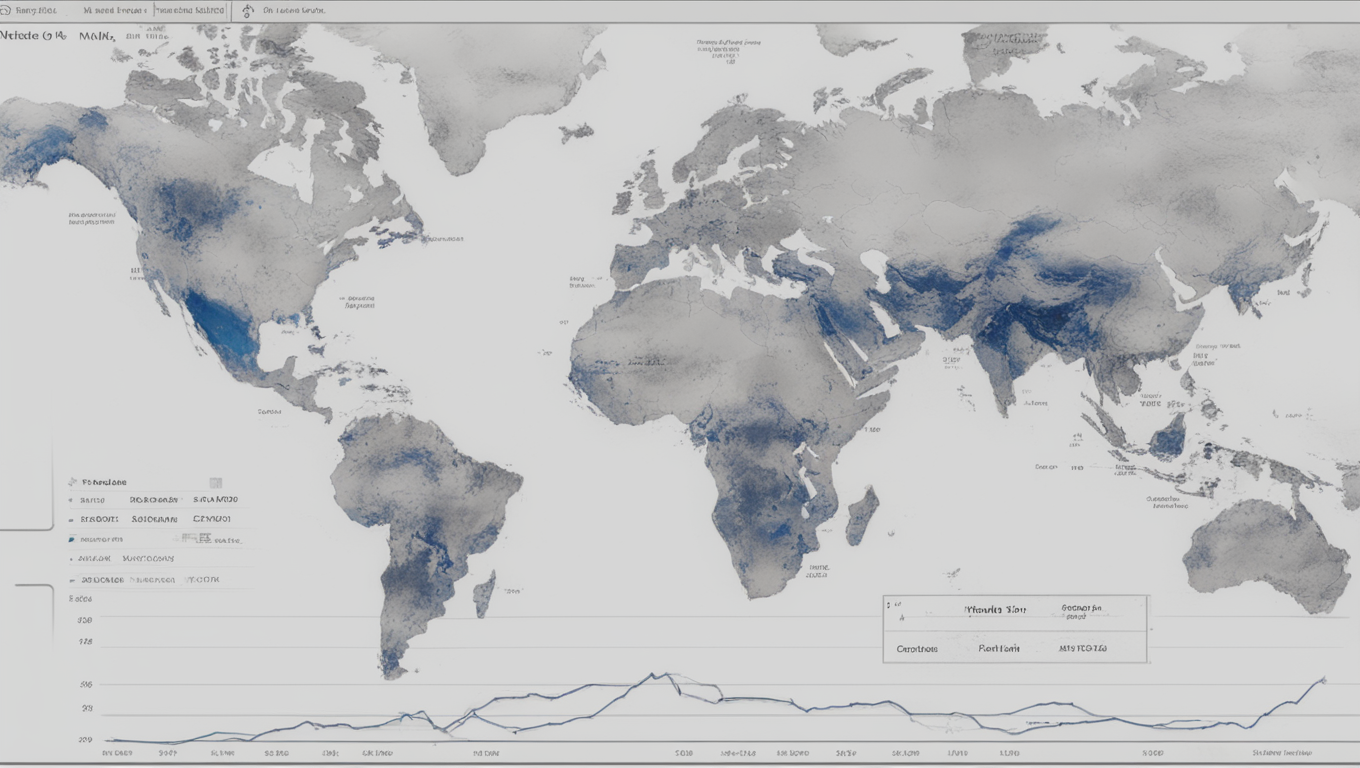Boosting National Security: U.S. Develops AI Program to Predict Critical Mineral Prices
In a move aimed at boosting market transparency and enhancing national security, the U.S. Department of Defense has announced plans to develop an AI program that can estimate prices and predict supplies of critical minerals. This program is part of Washington’s broader efforts to jumpstart U.S. production of these minerals, which are vital for weapons manufacturing and the energy transition. Current attempts to build new American mines have been hindered by the influence of commodity price swings, resulting in lagging U.S. output compared to market leader China. The U.S. government believes that the opaque nature of pricing data in commodity purchase transactions creates substantial barriers to U.S. commercial competition. The new program, called Open Price Exploration for National Security (OPEN), aims to bring transparency to the market and mitigate the risk posed by futures markets and pricing agencies.
The Defense Advanced Research Projects Agency (DARPA), responsible for the program, has teamed up with the U.S. Geological Survey to hire private contractors who will develop an artificial intelligence-backed model. This model will consider various factors, such as the location and timing of mineral production, labor costs, supply, and other expenses, to construct a metal’s “structural price”. The goal is to provide government agencies and commercial entities with accurate and reliable price information, reducing the reliance on traditional futures markets and pricing agencies. DARPA emphasizes that the program is fundamentally about transparency, aiming to remove market opacity that could lead to supply chain disruptions.
The Pentagon, however, clarifies that the program is not intended to set an official U.S. government metals price or replace existing futures markets such as the London Metal Exchange (LME). Rather, it seeks to address specific challenges and dynamics that can distort price information in futures markets. The LME’s nickel pricing fiasco in 2022 was cited as an example of these market dynamics and potentially anticompetitive practices. Companies such as S&P Global and Lockheed Martin have already applied to be contractors for the program. Bids were submitted in November, and a decision on the contractors could be made this month.
The AI model developed through OPEN will be phased out over two years. Its primary purpose is to predict how supply could be affected by unexpected market shocks, such as labor strikes. While it will not predict natural disasters or specific market events, it aims to provide more accurate insights into potential disruptions to production.
One potential application of the program is in timing purchases for national stockpiles. By anticipating price swings and calculating appropriate values for metals, the Pentagon could optimize its procurement strategy. For example, lanthanum, used in steel alloys, is not traded on futures exchanges, and the control of the rare earths market by China makes it challenging to determine whether prices accurately reflect market fundamentals. A similar situation occurred in 2021 when a spike in coal prices caused a 200% jump in magnesium prices, further increasing the opacity of the U.S. critical material supply chain.
It remains to be seen how mining companies, customers, and metals exchanges will respond to a U.S. government metals price or supply estimate. Over the course of hundreds of years, these entities have developed the existing market structure, with most metal being sold on long-term contracts. The London Metal Exchange, for example, ensures that its prices reflect real-world transactions executed by market users across the globe through physical delivery of metals into its global warehouse network.
While concerns about potential conflicts with existing market structures and pricing providers are valid, DARPA assures that OPEN’s aims are focused on transparency and enhancing national security. The U.S. government’s efforts to bring more transparency to critical mineral markets could have far-reaching implications for both the domestic and global markets.





Use the share button below if you liked it.